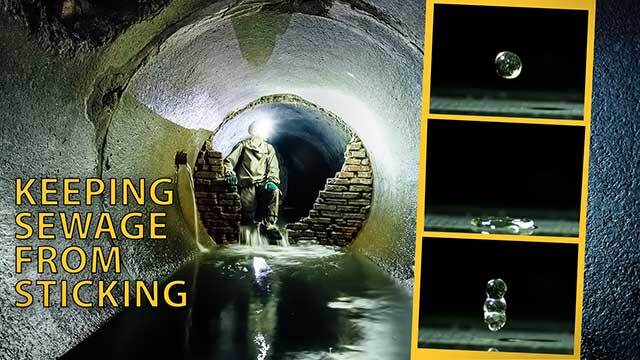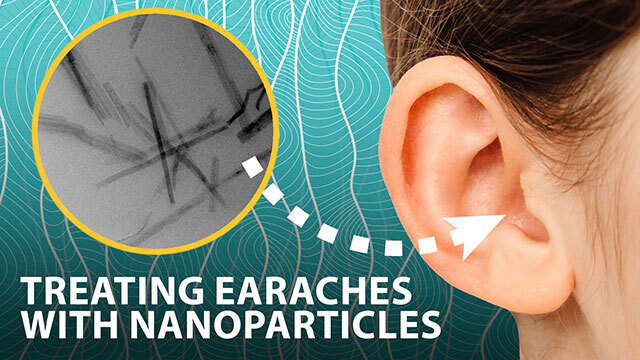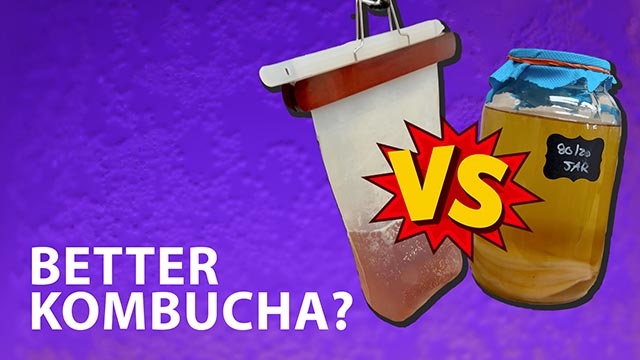Researchers in Mississippi are using a species of crayfish nicknamed “Louisiana crawfish” to study the impact of lithium pollution on the environment and our food chain.
Watch an interview with the researchers
Read an ACS press release about this research: Crawfish could transfer ionic lithium from their environment into food chain
Source Article
“Absorption of lithium in the various organs of crayfish in a laboratory environment”
Presented at ACS Spring 2024 on March 20, 2024
Presenter: Andrew Doubert
Principal investigator: Joseph Kazery, Ph.D.
“Temperature effects on adsorption of a new pollutant in crayfish”
Presented at ACS Spring 2024 on March 20, 2024
Presenter: Javian Ervin
Principal investigator: Joseph Kazery, Ph.D.
Transcript
Narrator: What can Louisiana crawfish tell us about emerging contaminants? Researchers in Mississippi are using crawfish to study how lithium pollution impacts the environment and our food.
Andrew Doubert: One of the most up-and-coming pollutants right now is lithium. We hear about it charging our cars, even our phones. But what impact does it have on the animals that we’re going to consume and eat? Crayfish eat everything, and other animals higher in the food chain eat them, and all these animals are food sources for humans, which can negatively affect our human health.
Narrator: Lithium pollution can come from prescription drugs in wastewater and also from electronic waste that’s not disposed of safely. And there’s a lot of lithium out there. Plants and animals accumulate contaminants in their tissues, passing them along to the humans who eat them.
Javian Ervin: When batteries die, you know, they’re not disposed of properly. And so it offers the batteries an opportunity to simply leak into our environment and cause harm to simple aquatic animals such as crayfish. And then when we eat them, the cycle continues.
Narrator: But there’s a lot we still don’t know about how lithium is transported through the food chain. The researchers fed crawfish some lithium and then studied how much ended up in different parts of their bodies. The animals’ GI tracts had more lithium than other organs. And the researchers found the crawfish absorbed about 30% of the lithium they were exposed to, which could potentially get transferred to the humans who eat them.
The researchers also studied how water temperature affected how much lithium the crawfish absorbed. As the temperature climbed, lithium absorption went up, too.
Joseph Kazery, Ph.D.: Everything you use, everything you buy, everything that we dispose of — it does end up somewhere. You can't put it back in the ground. It's going to end up in some waterways, some of your food, plants and affect that ecosystem or you.
Narrator: The research is being presented at ACS Spring 2024, a meeting of the American Chemical Society.
To embed this video, please visit YouTube and use the Share function.








